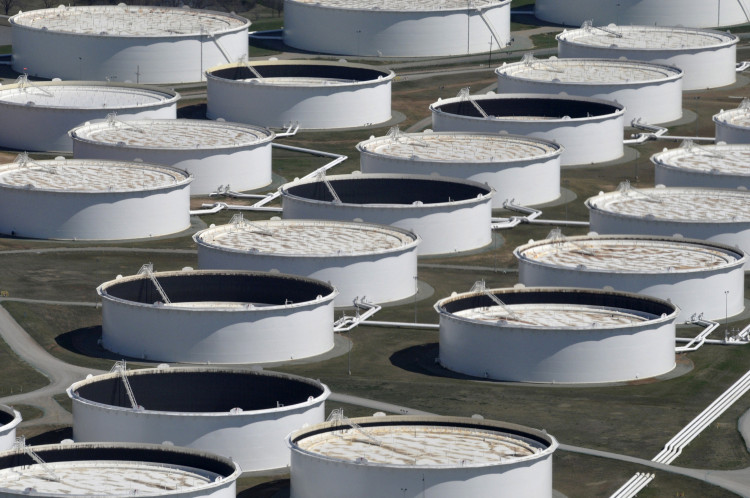Oil prices fell sharply on Monday as signs of progress in nuclear negotiations between the U.S. and Iran eased fears of tight global supply, while persistent concerns about U.S. tariffs and their impact on global economic growth pressured demand expectations.
Brent crude futures slid $1.54, or 2.3%, to $66.42 a barrel by 12:30 GMT, reversing Thursday's 3.2% gain. U.S. West Texas Intermediate (WTI) dropped $1.58, or 2.4%, to $63.10 a barrel after rising 3.5% in the prior session. Thursday marked the last trading day ahead of the Easter holiday weekend.
"The U.S.-Iran talks seem relatively positive, which allows for people to start thinking about the possibility of a solution," said Harry Tchilinguirian, group head of research at Onyx Capital Group. "The immediate implication would be that Iranian crude would not be off the market."
Iran's foreign minister said Tehran and Washington had agreed to draft a framework for a potential nuclear deal. A U.S. official described the talks as making "very good progress." The developments followed fresh U.S. sanctions last week against a Chinese refinery accused of processing Iranian crude.
The easing supply anxiety came amid broader economic jitters. President Donald Trump's renewed criticism of the Federal Reserve and continued trade tensions added to investor unease. Gold hit a record high Monday, while the dollar weakened and Asian equity markets declined.
"The broader trend remains tilted to the downside, as investors may struggle to find conviction in an improving supply-demand outlook, especially amid the drag from tariffs on global growth and rising supplies from OPEC+," said Yeap Jun Rong, a strategist at IG Markets.
OPEC+ is expected to increase output by 411,000 barrels per day starting in May, though the full increase may be tempered by reductions from producers that previously exceeded their production quotas.
Investor sentiment has been dampened by mounting recession fears. A Reuters poll conducted April 17 showed the median probability of a U.S. recession in the next 12 months approaching 50%, driven largely by worries over the long-term effects of tariff policy.






